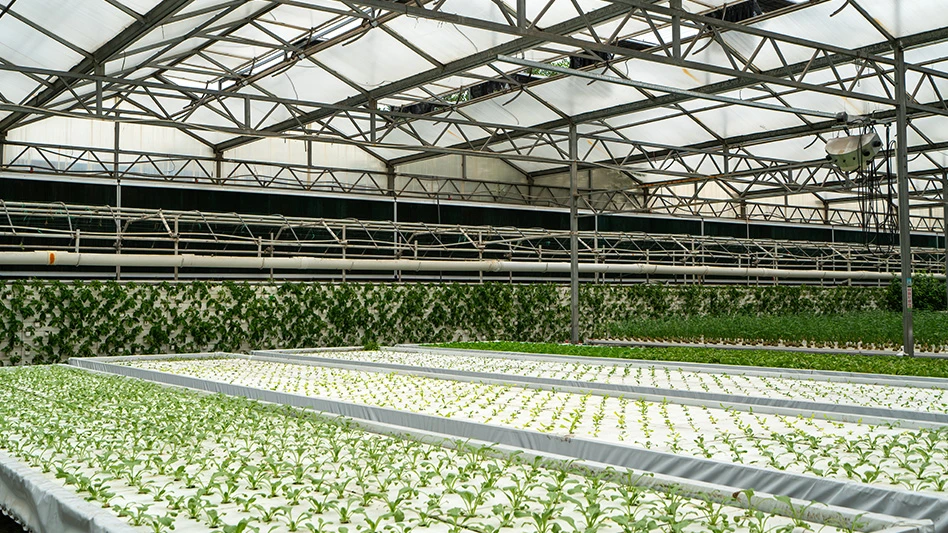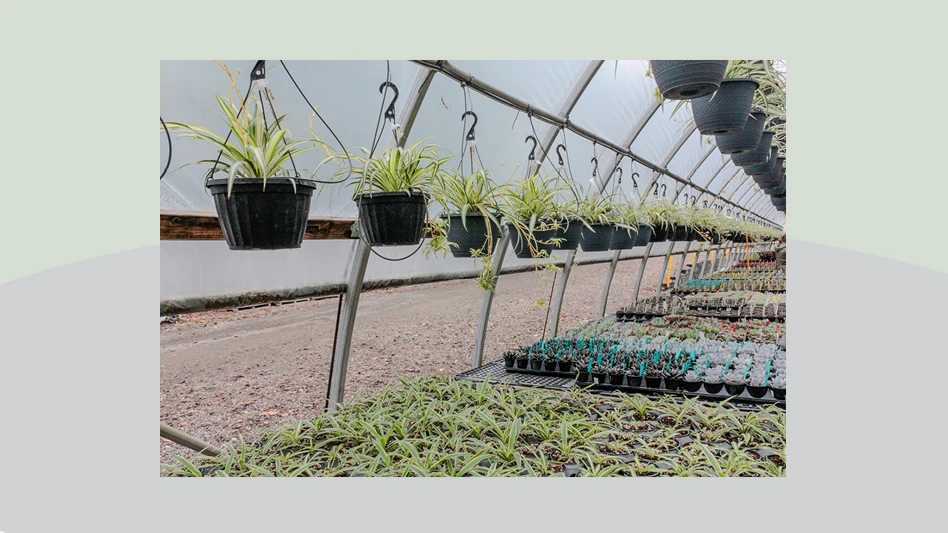
For the Midwesterner who likes to eat local, this time of year is a challenge. Browse the produce shelves in middle America — or any place where snow falls in winter — and you'll find carrots from Mexico and peppers from Peru. Some creative growers have been tackling that problem by tapping into the Earth's own internal heat to warm and cool greenhouses.
You'll find one of these geothermal greenhouses high on the Nebraska plains near the town of Alliance. Inside, there's a citrus grove with trees holding up a canopy of lemons, grapefruit-sized oranges, green figs and bunches of grapes. Russ Finch, a former mail carrier and farmer, designed the structure, which he calls the Greenhouse in the Snow. The original, which he built more than 20 years ago, is connected to his home.
The greenhouse design is a take on a walipini, or pit greenhouse. The floor is dug down, 4 feet below the surface. The roof is slanted toward the south to catch as much sun as possible. During the day it can reach well into the 80s inside the greenhouse, but at night the temperature plummets. That's when Finch draws on geothermal heat.
The greenhouse uses very little energy, almost entirely pushing fossil fuels out of the picture, and keeping energy costs down to about $1 a day, Finch says. Energy costs can make or break a greenhouse in parts of the country with cold winters.
Grapefruit citrus photo: Dreamstime.com
Latest from Produce Grower
- Sensaphone releases weatherproof enclosures for WSG30 remote monitoring system, wireless sensors
- Indoor Ag-Con, Sollum Technologies launch scholarship program for college students
- Anu awarded $175K USDA SBIR grant to advance Pure Produce Container technology
- Cultural controls
- Meeting the challenge of pest management
- Find out what horticulture products were named to TIME Best Inventions of 2024 list
- Bug budget boom
- To market, to market





